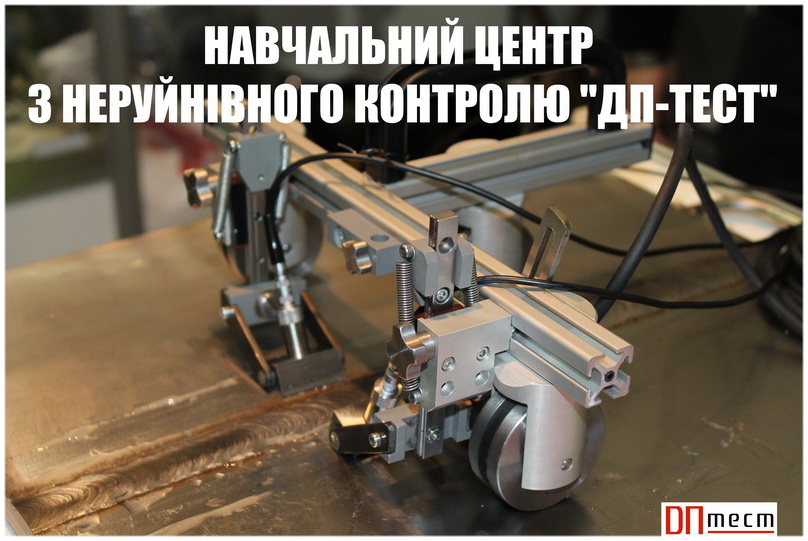In this competition, participants need to prepare and program a robot car whose task is to autonomously navigate a maze from the start zone to the finish zone in the shortest possible time. To navigate the maze, the robot car uses ultrasonic and/or optical rangefinders.
1. Competition Rules
1.1. Teams consisting of no less than two and no more than four participants are allowed to compete.
1.2. All teams use the same robot car design provided by the competition organizers.
1.3. Teams are not allowed to make modifications to the robot car's design and electronic components.
1.4. Teams must write their own program and flash it onto the microcontroller. The program should implement the algorithm by which the robot car navigates the maze and moves from the starting position to the finish.
1.5. The robot car is placed in the starting position at the entrance to the maze and must independently, based on the data analysis from the rangefinder (usually ultrasonic), navigate through the maze from start to finish.
1.6. The robot car must not touch the walls of the maze while moving.
1.7. If the robot car moves uncontrollably or cannot continue moving for 30 seconds during the maze navigation, the current attempt to navigate the maze is considered unsuccessful.
1.8. During the maze navigation, team members are not allowed to touch the robot to change its trajectory.
1.9. The winning team is the one that earns the highest number of points.
2. Robot Specifications
2.1. The design of the robot car is determined by the Competition Committee. Teams cannot use their own designs.
2.2. Maximum dimensions of the robot car (LxWxH): 300x200x150 mm.
2.3. The robot car may have a wheeled or tracked chassis.
2.4. The main platform of the robot car is Arduino Uno.
2.5. The main element used by the robot to navigate the maze is the ultrasonic rangefinder.
2.6. The robot is autonomous, powered primarily by Li-ion batteries.
2.7. The schematic diagram of the robot and the current list of electronic components (motor drivers, motors, etc.) will be provided to the team participants in advance.
3. Competition Field (Maze)
3.1. The dimensions of the field on which the maze is formed are 2500 x 3500 mm.
3.2. The maze consists of standard elements, which are rectangular elements of specified dimensions. Typically, maze walls are made of particle boards with different lengths (200, 450, 900, 1350 mm), but the same height (160 mm) and width (18 mm).
3.3. The distance between maze walls is no less than 400 mm and no more than 450 mm.
3.4. For the current competition, the maze layout is created by the organizers and remains unchanged for all participants throughout the competition period.
3.5. For competitions held at different times, the maze layout will differ.
3.6. The maze is designed to allow changes in the trajectory of movement both at an angle and perpendicular. The maze may also have blind corners.
4. Conducting the Competition
4.1. Before the start of the competition, teams receive all necessary instructions and schematics of the robot car. This includes specifying the type of rangefinder used for the current competition (ultrasonic and/or optical) and the specific name of the sensor, allowing teams to prepare both theoretically and practically. Teams also receive a map or photograph of the current maze layout.
4.2. The program by which the robot car must navigate the maze can be created in advance. However, on the day of the competition, time will also be allocated for writing code immediately before the start of the competition.
4.3. Teams are required to show the written code to the judges and/or competition organizers to avoid plagiarism and the use of others' work. Additionally, teams must explain their code upon the judge's request.
4.4. A test maze will be available before the start of the competition, allowing teams to test the robot car.
4.5. The competition consists of three rounds (runs).
4.6. If a registered team does not appear for their round within 5 minutes of the call, they will be disqualified from the current round.
4.7. A short break is provided between rounds.
4.8. Before the first round and between rounds, teams may upload new (modified) versions of programs to the robot.
4.9. Before the start of each run, the robot is positioned in the starting zone so that all parts of the robot are within the starting zone.
4.10. Upon the judge's command, the start signal is given, and the countdown begins. After this, a team member must activate the robot and release it.
4.11. The maximum duration of one run is 5 minutes (300 seconds).
5. Determining the Winner
5.1. The team earns 100 points for successfully navigating the maze.
5.2. The maximum time allocated for one run is 5 minutes (300 seconds). If, within this time, the robot does not exit the maze, the attempt is stopped, and the team earns 0 points, along with any penalty points earned during the current run.
5.3. If the robot exits the maze before the allocated time of 5 minutes (300 seconds), the team earns +1 point for each second remaining.
5.4. According to the rules, the robot car must not touch the walls of the maze. For each touch of the maze walls, -5 penalty points are deducted.
5.5. If, during movement, the robot car knocks down a specific section of the maze due to a collision, -10 penalty points are deducted.
5.6. Only the best result from all attempts made by the team will be considered when determining the winner.
5.7. If teams have the same number of points, the number of points from all other attempts will be taken into account. If, in this case, the teams have the same number of points, the best time taken by the robot car to navigate the maze will be considered.
6. Judging
6.1. Competition organizers reserve the right to make any changes to the competition rules that do not give an advantage to any of the teams.
6.2. Control and scoring are carried out by the judging panel according to the rules provided.
6.3. The judging panel consists of 3 members (the head judge and two assistants). The selection of judges is made by the competition organizers.
6.4. Judges have full authority throughout the competition, and all participants must abide by their decisions.
6.5. A judge may use additional attempts to clarify disputed situations.
6.6. If there are any objections regarding the judging, the team has the right to orally appeal the judges' decision to the head of the organizing committee, no later than the end of the current round.
6.7. A rerun may be conducted at the discretion of the judges if:
6.7.1. The robot fails to complete the stage due to external interference.
6.7.2. A malfunction occurs due to poor field conditions.
6.7.3. A mistake is made by the judging panel.
6.8. Judges may end the competition at their discretion if the robot cannot continue moving for 30 seconds.









